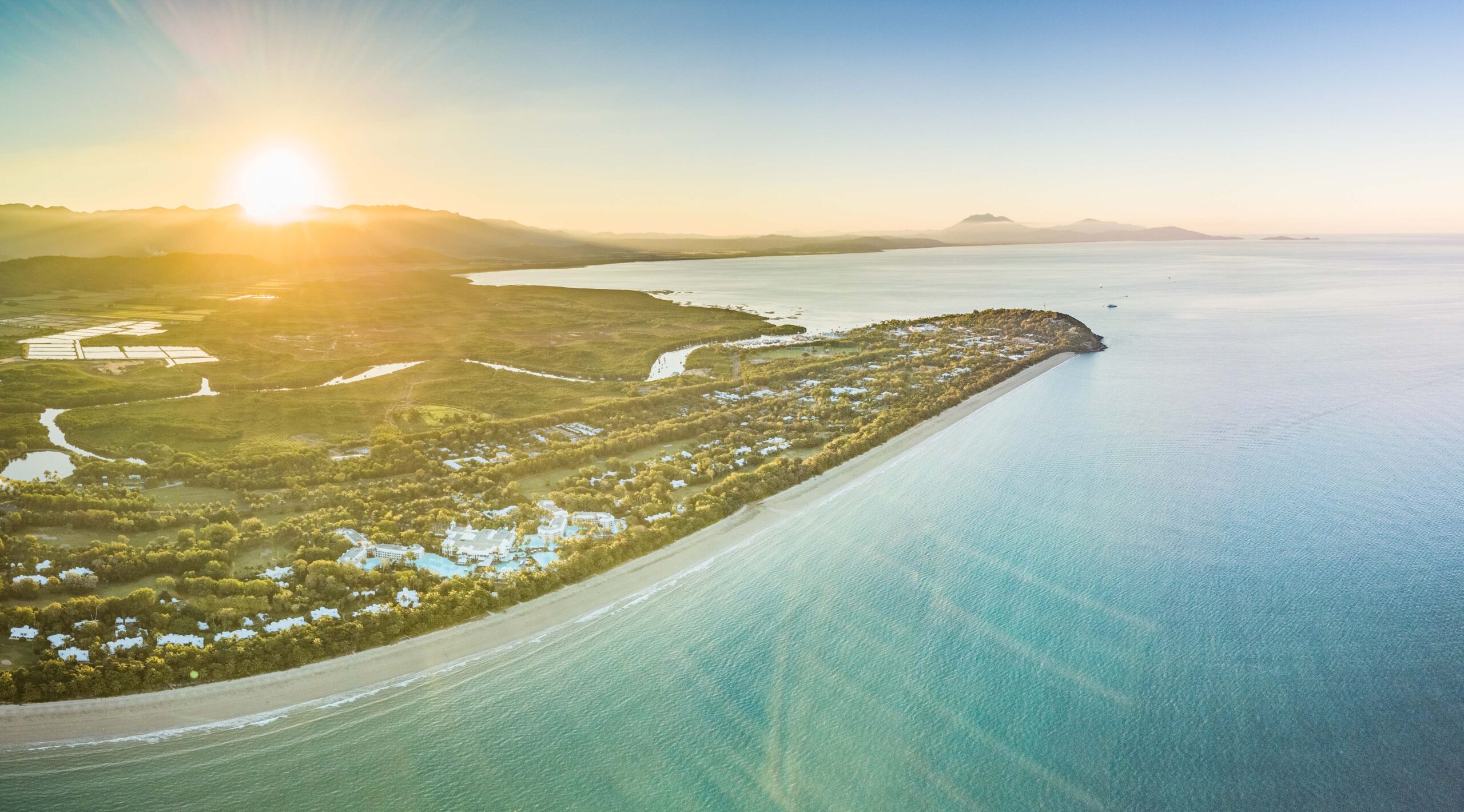Robert “Vince” Smith has been deputy state investment
officer and chief investment officer of the New Mexico State Investment
Council for the past 12 years. SIC manages the investments for New
Mexico’s four permanent funds: the Land Grant Permanent Fund, the Severance Tax
Permanent Fund, the Tobacco Settlement Permanent Fund, and the Water Trust
Fund. It invests the royalties and taxes that come from natural resources and
income from sales and leases of public lands and minerals.
During his time as CIO, the sovereign wealth fund’s assets
have more than doubled to $37.4 billion. Prior to joining, SIC, he spent four
years as CIO of the Kansas Public Employees Retirement System (KPERS). His
background also serving as director of equity at the Employee Retirement System
of Texas (ERS) and as a senior portfolio manager at the Montana Board of
investments. In this interview with David G. Barry, senior reporter at Markets
Group, Smith discusses his interest in working at public pension funds, the
moves that SIC has made, the challenges that the rise in oil prices has
presented and why millennials may boost the economy post-recession.
Markets Group: Vince, you’ve had a long career working
at public pension funds. What drew you to that side of the financial fence and
what’s kept you there?
Vince Smith: It’s been both nurture and nature. On
the nurture side, both of my parents had meaningful public sector careers. So
that was the example at home.
On the nature side, my career interests pointed
me in the direction of economics and finance and related areas. There’s not a
great deal of overlap in the combination between the public sector and in
finance, but when I was pursuing my degrees, I discovered that the public
pensions, which my parents and millions of Americans were relying on, were not
in very good shape during the 1970s and early 1980s. Hyperinflation just
destroyed bond portfolios, which were a major component of pension portfolios
back in those days. [Public pension funds] really looked like they needed some
help. So, I found a fit.
MG: When did you begin to aspire to be a CIO?
VS: I was at Texas ERS. We were focused on in-house stock and bond
portfolio management and a systemic problem became clear to me. We were
successful at beating stock and bond market benchmarks back then, but in a
broader sense we seem to be leaving some potential return on the table due to
an inadequate focus on broad investment strategy and asset allocation at the
total portfolio level. While we didn’t
implement any significant changes before, I left (to become CIO of KPERS) in 2006,
I was able to spend a number of years researching the problem and coming to
some conclusions about what it would take within a public fund environment to
address this, i.e., the top-down component of broad investment strategy and asset
allocation. One of the reasons for being interested in going to the CIO level
was to implement a better approach to broad strategy and asset allocation
MG: Did your evaluation process involve looking at
particular investment sectors or something broader?
VS: It was more along the lines of process and
resources and in focusing more on broad investment strategy and asset
allocation. We’ve got a solid process today that we use here in New Mexico from
the top down. In getting all those things in place, we’ve focused on how to staff
for it, what resources we need, what things we have to focus on, what outcomes
we are looking for. There’s just a lot of program development work that has to
go on up front.
MG: In
addition to the process, were there asset classes that you were excited about
and others that you were more skeptical about? And did those evolve as you
thought they would?
VS: I think the
biggest thing is that many funds’ asset allocations lock them into corporate
cash flows. So corporate earnings in the case of stocks and corporate cash
flows in the case of corporate bonds. When you broaden the portfolio and diversify
more, you can get away from some of that. Here in New Mexico, we’ve had a focus
on asset-back cash flow [since about 2017 or so]. We’ve really increased real
estate and real asset investments significantly and generally funded that with reductions
to investments that rely on corporate cash flows. From what we can tell from
performance attribution reports, it has worked for us.
MG: You’ve been working for public pension funds for
a number of years. What have you learned about being in the public spotlight?
VS: It is part
of the landscape, part of the environment. I grew up in Montana. You don’t live
in Montana if you can’t tolerate a long winter–it’s just it’s part of the environment.
MG: Are there any significant differences in managing
a sovereign wealth fund versus a traditional public pension fund?
VS: There is, but probably in a way that you most
people wouldn’t expect. They’re two different structures so asset allocations and
liquidity profiles can be different. I
think that’s how many may view the differences. But I think the major way that
they’re different is that public pensions are a cost center for governments and
sovereign wealth funds are a revenue source. That’s two very different things,
particularly to public policymakers that are elected to represent the public’s
interest.
MG: What are the objectives of the New Mexico State
Investment Council?
VS: The two main objectives are to protect the
purchasing power of the corpus, and to prudently grow that corpus. That’s tough
right now with inflation that’s almost 9% and markets correcting! Longer-run, though, I think we’ve got
structurally higher inflation versus the last decade or so, with economic
growth equally slow in the last decade. That will provide a challenge in
getting to our objectives.
MG: Much is said about how oil will be going away.
Where do you see the fund headed and how does that impact how you try to invest
it?
VS: Well, we’ve had billions of dollars in new
revenue poured into the state from traditional energy– triple over what they
are normally. That’s created a bit of a challenge because our asset allocation
is almost 50% private markets, and it is difficult to get that volume invested over
a shorter time frame into the private markets. Longer term, we’re still forecasting excess
inflows over history into the funds. I think the switch to green energy is just
something that folks are realizing is going to take a while. Traditional energy
is going to be with us for a while.
MG: At what point this year did you realize you were
going to probably end up with a lot more money to invest?
VS: There’s a strong correlation between price and
inflows for us. So as soon as (a barrel of oil) cracked $70, it was clear that
we were going to be seeing greater inflows.
MG: How do you feel about fixed income?
VS: We see the 10-year Treasury at 4% to be a reasonable
deal right now relative to our forecasts of moving into a recession in the next
couple of quarters. We definitely see Treasury rates coming down and bonds
bought at 4% yield will produce some nice capital gains when they slip under 2%.
MG: You’ve previously mentioned that you look at
seven-to-10-year increments to guide asset allocation and you’ve been with the
State Investment Council for 12 years. How do you look at the moves that you
and your team have made to reposition the portfolio? What are you most pleased
with and what has not played out as you maybe thought?
VS: We’ve done two large reallocations over that
period and then a couple smaller tweaks. One was initiated very early and that
was really to get us allocated and managed in a manner that one might expect to
see of a sovereign wealth fund of our size. We stopped internal management of
stocks and bonds and moved to a 100% “allocator” model. We raised allocations
to the private market asset classes pretty much across the board – private
equity, real estate, private credit and real assets. We eliminated a large and
sprawling and expensive hedge fund portfolio. That was about a five-year
project. We were done with that around 2015 or so.
MG: And what arose from that effort?
VS: Two things came out of it. First, we started
looking a little bit more like we had sovereign wealth fund objectives. Secondly,
as we rolled out the changes, it was surprisingly good timing for how the
economic cycle was playing out and driving markets. The equity markets were
still in early- to mid-cycle and were still growing up at a strong rate. It
took us a while to build out the private assets. We still had quite an
overweight to equities as we were getting money moved over. So, we were still
able to take advantage of rising public equity markets as we reduced them in
favor of more private market investments.
MG: And how did the second asset allocation change
come about?
VS: That’s the one that’s playing out today in our
portfolio and that was in 2017. We spent a couple of years there from [2015-2107]
discussing how the economy was changing, how the macro picture was changing,
and how we needed to change the portfolio along with that. And so, after that
period of discussion, we made quite a big move in 2017. Many of the trends that
had been driving markets for almost 40 years at that point – falling interest
rates, rising PE multiples on the stock market, huge increases in per share
earnings for stocks, falling inflation – all of those things were stopping. Post- [Great Financial Crisis], the growth
rate of the economy went down by half and productivity went down by half
compared to pre-GFC. We responded with a material asset allocation change,
moving away from interest rate exposure, corporate cash flows and corporate
earnings and toward investments that were asset-backed cash flows. We diversified
the portfolio away from corporate things and that’s worked out pretty well for
us over the last five years. It was a little bit tough in 2019 and again in
2021 when equity markets were just skyrocketing. But that run from pre-COVID up
to the end of 2021 has almost been erased this year. We’re only about 20 points
on the S&P 500 from being back to the level we were pre-COVID at the end of
2019.
MG: And there have been obvious signs that the asset
allocation change was the right one – correct?
VS: The return on our global publicly traded equity
portfolio underperformed our portfolio return as a whole for the five-year
period July 2017 through June 2022. Our core fixed income was 1.67% over that
same time frame and those were our two primary sources of assets to move over
to the private side. As a result, our portfolio cash flow has jumped. We’ve got
a lot greater portfolio optionality. A lot more cash in the system to be able
to put into things as they look advantageous. Since we made our first big test
allocation change from 2010 through 2015 and then the second one in 2017, it’s
played out well both in terms of matching up with the macroeconomic environment
and producing the returns that we needed.
MG: Back in 2017, you obviously could not have
foreseen what would occur in 2022, but you clearly had a sense that things were
getting overheated. Is that right?
VS: We were worried
about the valuations on equities. We were worried that interest rates seemed to
be bottoming. We were worried that there hadn’t been inflation in the system. We
saw growth falling and saw the reasons why – at least what we thought was why –
and those things just sort all played together. So, we didn’t say in 2021 these
things are coming down in 2022. But we had all of the themes in place and had
put them in the portfolio ahead of 2022.
MG: It would appear that your fund is in a far
different position than many other public pension funds when it comes to
private equity. You are not overallocated and you have cash to put to work. Are
you looking to ramp up your activity level in that sector?
VS: We think we’re in a pretty good spot in that
we’ve been raising the weight where we can. We’ve had two excellent investors
working in that area of the last five years. [David Lee who just retired and
Chris Cassidy], They’ve pruned back our relationships and expanded the ones
that we’ve most wanted to be in, and they’ve established some new relationships
with some very high-quality managers. I think we’re in a good position from
those two standpoints. We still have further to go in our private equity
allocation overall. We’ve got the infrastructure there and the managers that we
want to be invested with that I think we can get some more money with. I think
we’re in a good spot with private equity.
MG: What are you expecting the rest of 2022-2023] and
how does that impact your investing?
VS: We try to address a little bit longer period than
that. Our annual investment plans are a seven-to-10-year time frame. But we try
to have milestones along the way. We think in the near term we’re headed toward
a recession. The Fed’s fighting inflation very hard and every time in the past
when they’ve gotten this aggressive, we’ve gone into a recession. We just don’t
see why that won’t be the case this time. I think over the next couple of
quarters everyone will agree that we’re in a recession. But coming back out of
that, we actually have an optimistic view or fairly optimistic view of five years
down the road, and it’s driven by two things. First, the Millennial generation
will be much closer to being at their peak economic power. What drove markets
back in the late [1980sm 1990s] and into the 2000s was that exact same thing
just except with the Boomer generation. There were 74 million Boomers and those
at the front edge were in their peak earning years and those in the back end of
that generation, entered their peak speaking years. That really drove the
economy. And now the millennials are in the same position. There are 72 million
of them. So almost as big as the boomers. We think strong underlying economic
fundamentals with begin emerging 5-7 years out.












